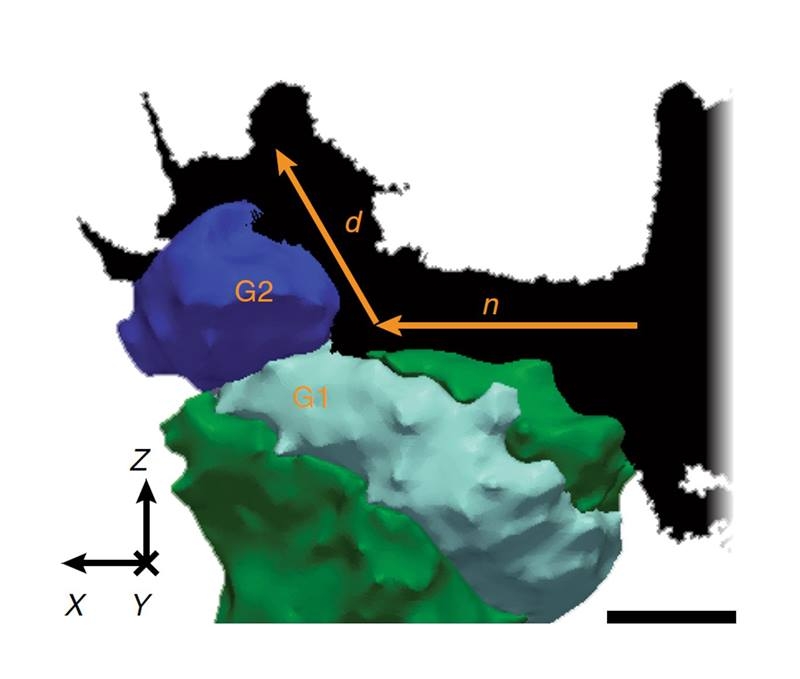A team of scientists from the Department of Energy’s Ames National Laboratory developed a new characterization tool that allowed them to gain unique insight into a possible alternative material for solar cells.

news, journals and articles from all over the world.

A team of scientists from the Department of Energy’s Ames National Laboratory developed a new characterization tool that allowed them to gain unique insight into a possible alternative material for solar cells.
When compounds in spent nuclear fuel break down, they can release radioactive elements into the ground and water. Scientists know that one fuel compound, neptunium dioxide, reacts with water, but they do not fully understand the process. This new study found that neptunium tends to dissolve where grains of the material come together, and larger grains are less likely to dissolve.

Scientists devised specialized X-ray mapping techniques. They determined that boundaries associated with regions where atoms are closely packed together most readily resist cracking. This analysis revealed that when a crack encounters such a boundary, it’s deflected to a less direct path and crack growth is slowed.